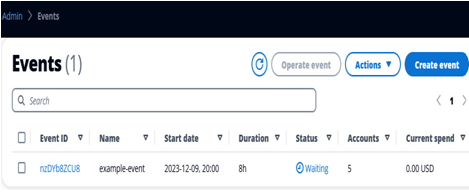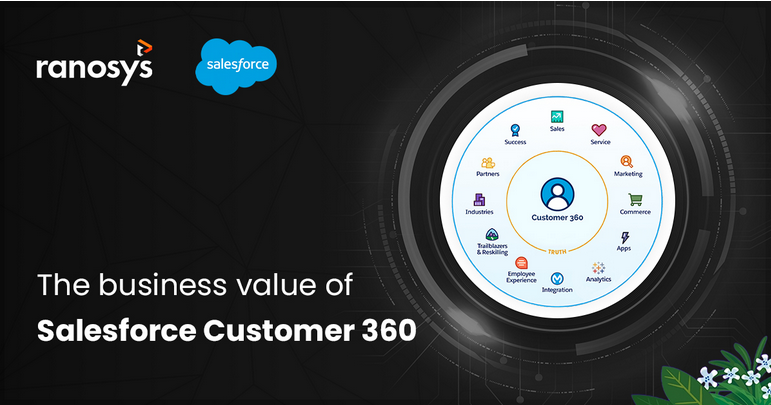Workshop Studio labs are great, but keep in mind they are tightly restricted to the services involved in the self-paced learning module associated with them. You couldn’t, for example, use a Workshop Studio lab about DynamoDB to build an IoT application. SCPs are in place to prevent you from using services or features outside the scope of the lab.
This is why you should, as part of your multi-account strategy, set aside one or more accounts for the explicit purpose of being a sandbox that your team can use to play with new services, without needing to worry about impacting any of your production or dev/test/qa stages. The tricky part with this is ensuring resources deployed for “playing around” don’t get accidentally left running and incur charges after such activities are complete.
In such cases, AWS Labs publishes a solution on GitHub called Sandbox Accounts for Events. It is based on Optum’s open source Disposable Cloud Environment (DCE) project. The Sandbox Accounts for Events solution allows you to provide multiple temporary AWS accounts that are automatically deleted after a period of time you specify:

Figure 14.4 – Using the Sandbox Accounts for Events solution from AWS Labs
It uses the concept of leases to define the length of time an account can live, as well as the maximum spend limits per account. For instance, you could assign a temporary account to a new hire on your team for a 1-week period and set a maximum spend limit of $100. If either of those conditions are met, the account and any resources inside are deleted.
Summary
In this chapter, we reviewed what Industry 4.0 is and why it is at the forefront of public and private organizations’ technology strategies. We covered the benefits it is predicted to yield, as well as the challenges it is likely to present as the demand for such applications scales exponentially in accordance with expected developments in near-future device technology.
Next, we shifted to a discussion of things you should take into account now as you architect and deploy your distributed edge computing applications to ensure they are ready for future developments, both within the industry and AWS in particular. This includes leveraging AWS Cloud Foundations and the AWS Well-Architected Framework.
Lastly, we covered some recommended best practices as well as pitfalls to avoid as you get started building your edge compute applications on AWS. This included examples of advantages and disadvantages of the types of AWS services you choose to build with, as well as strategies to stay abreast of emerging AWS services as they are released.

